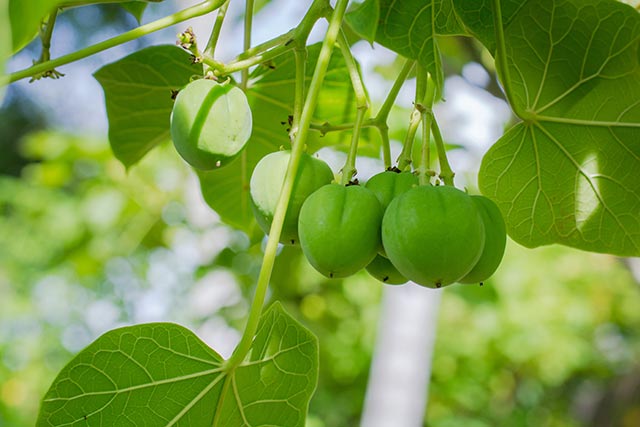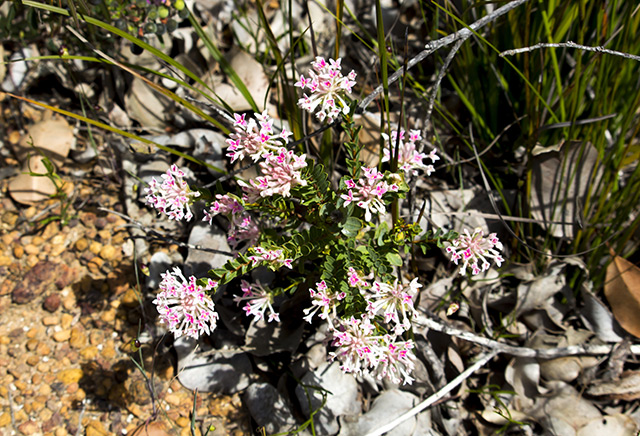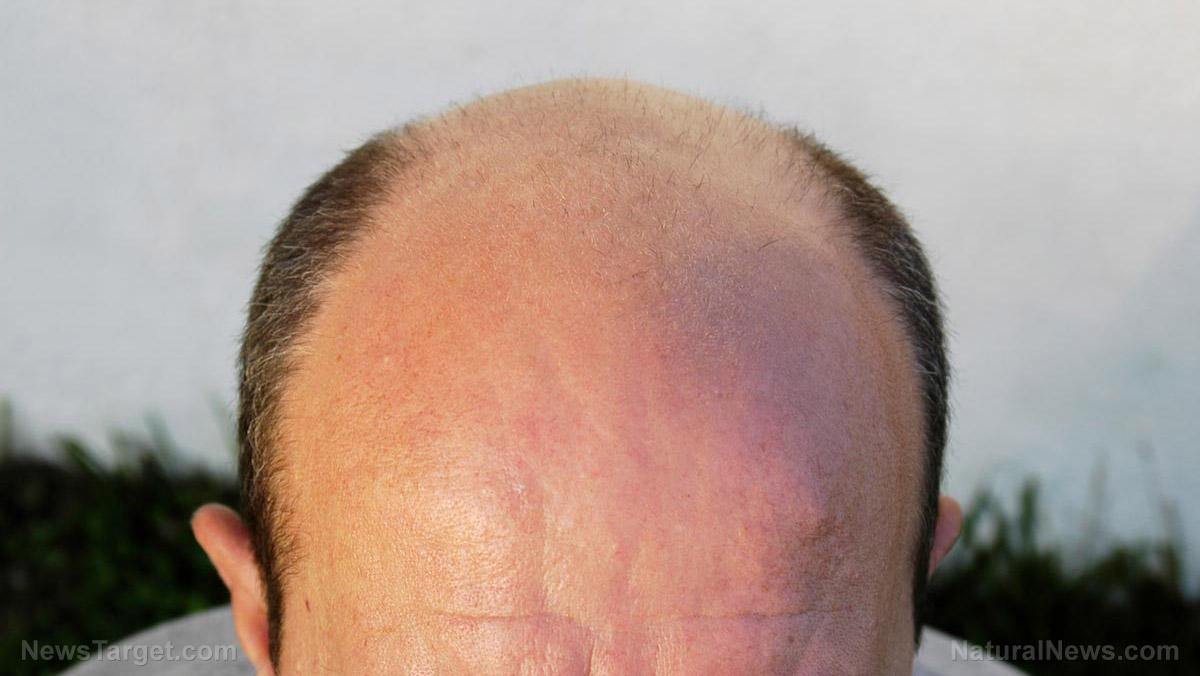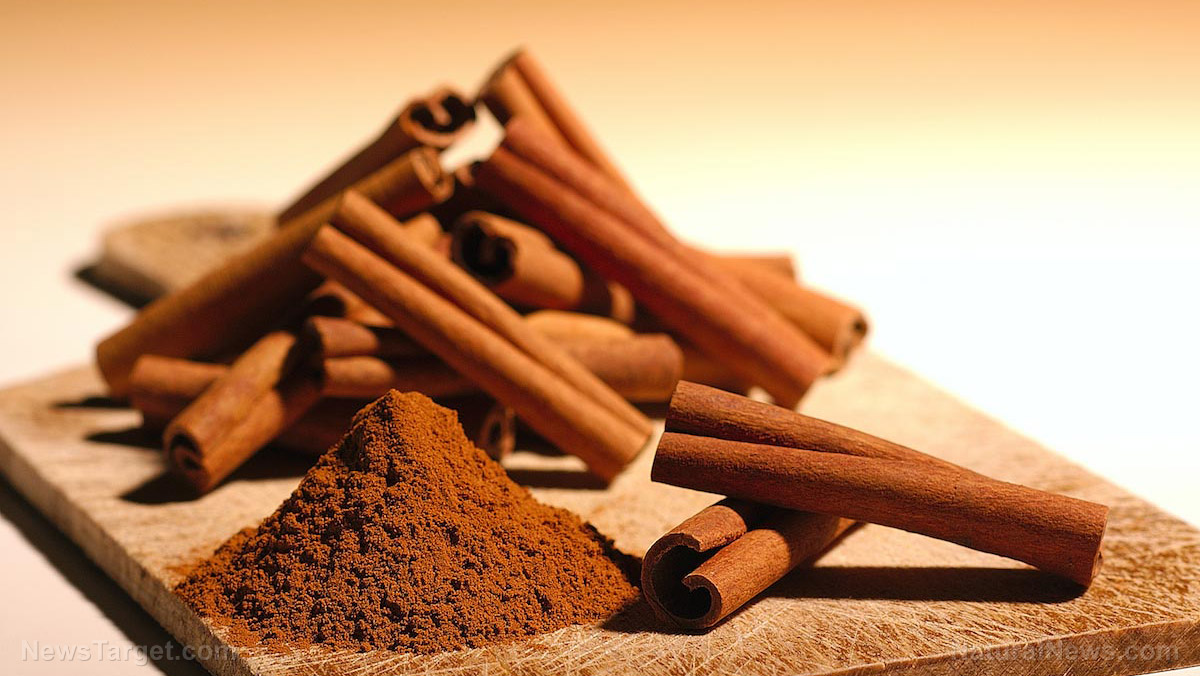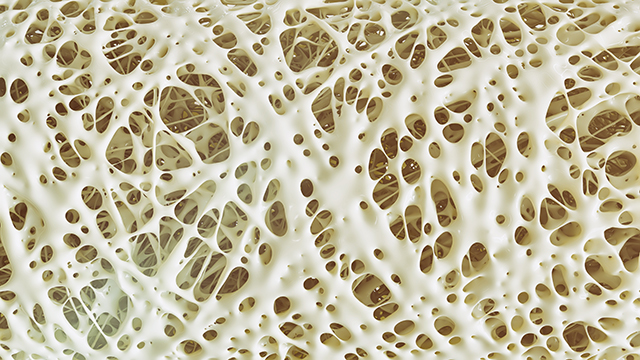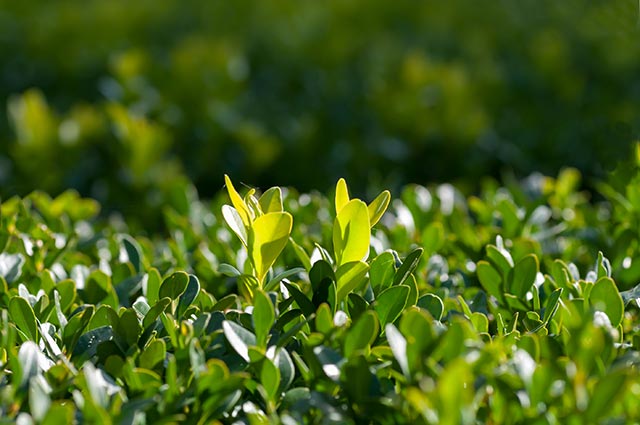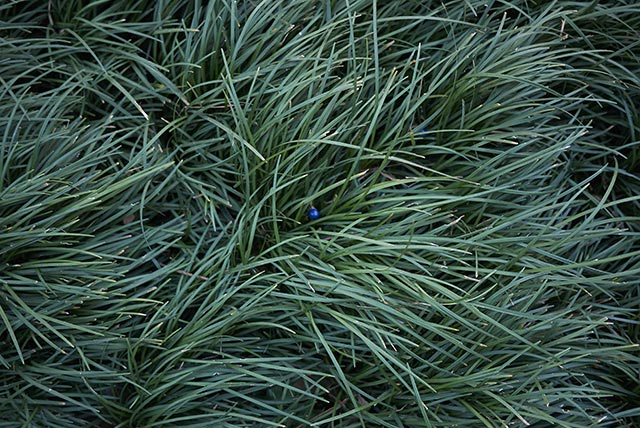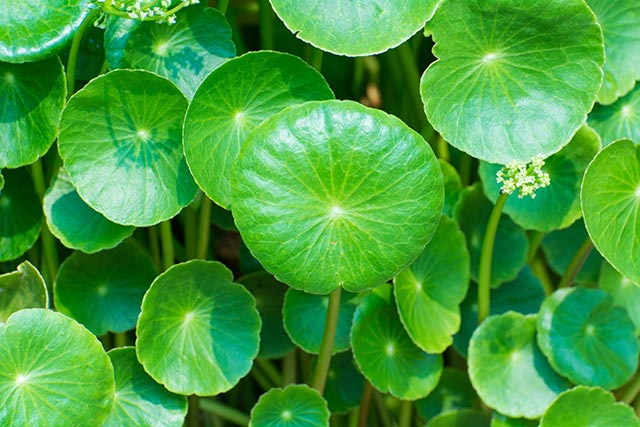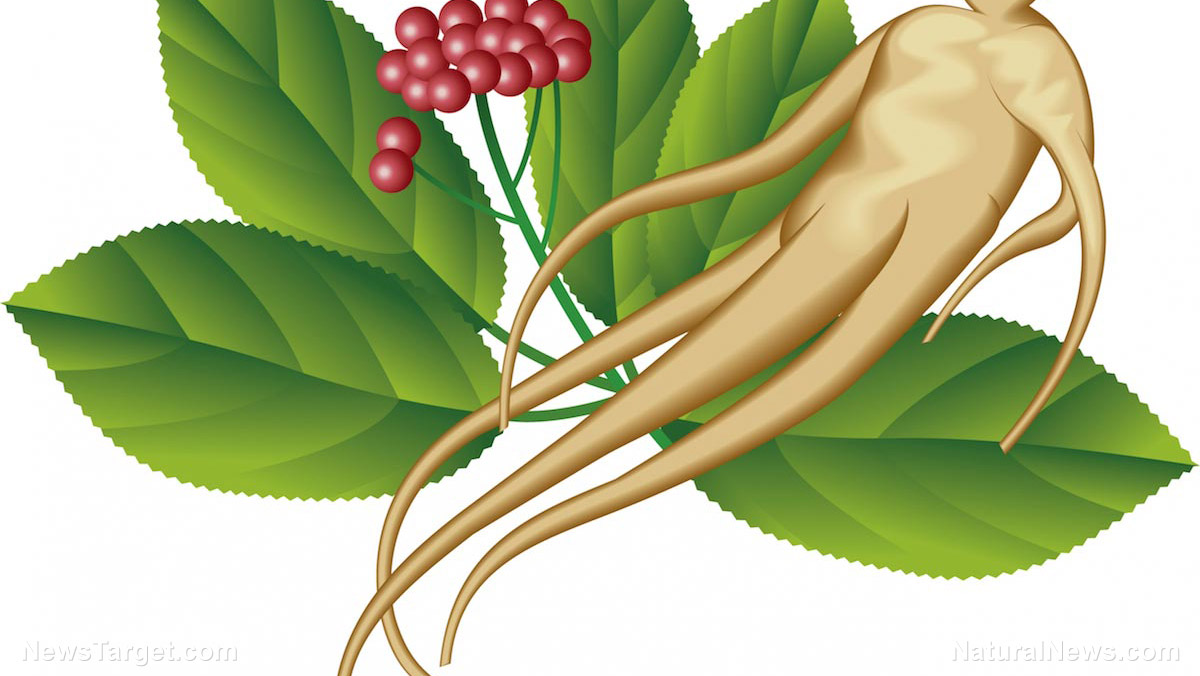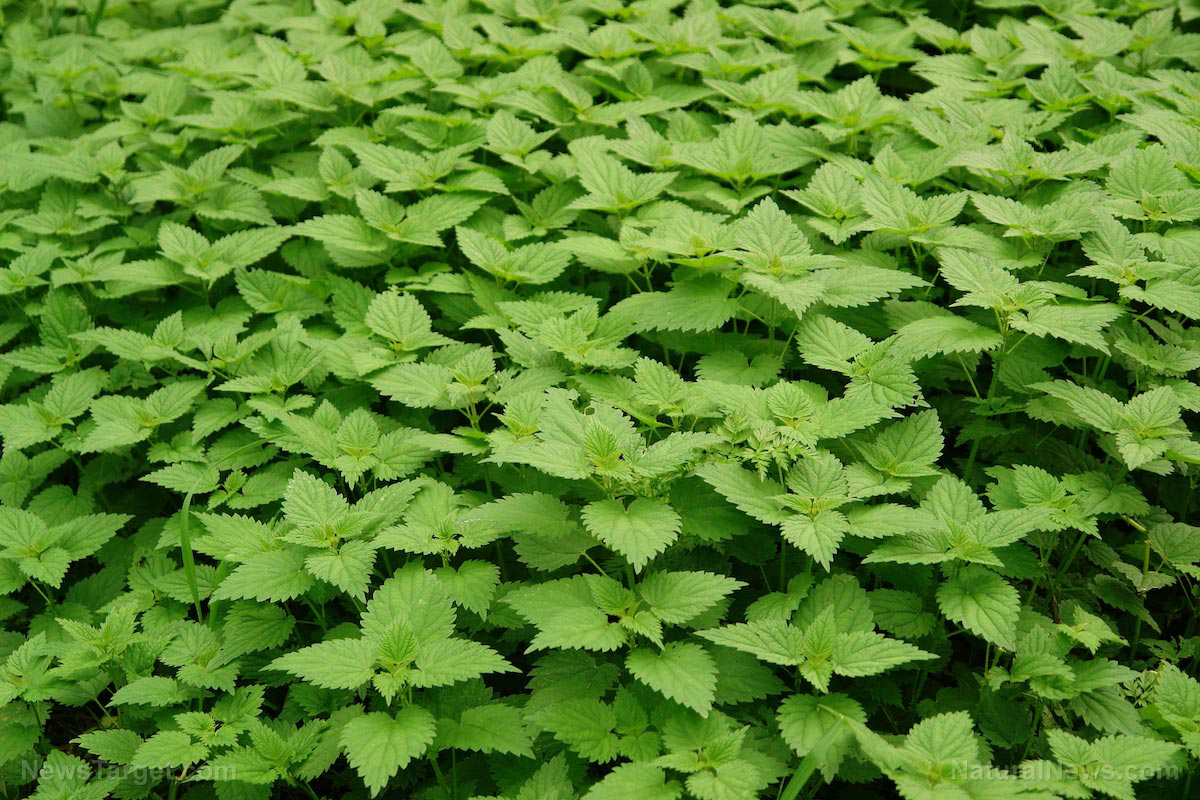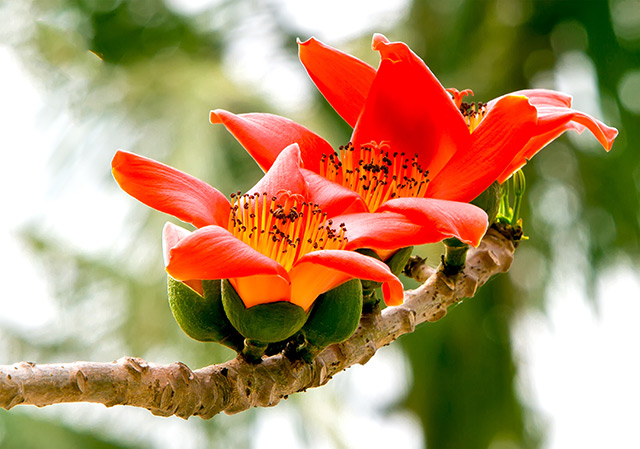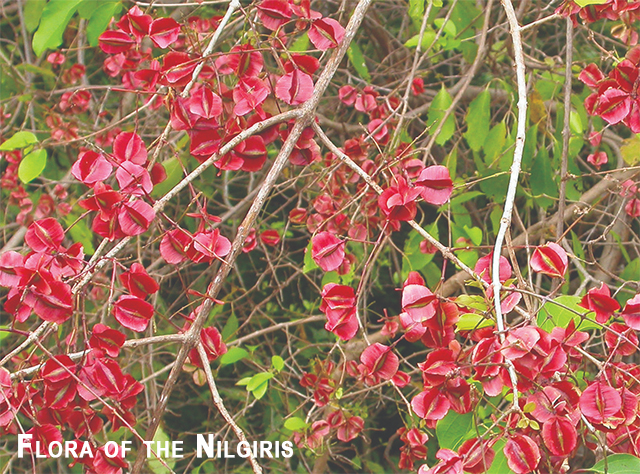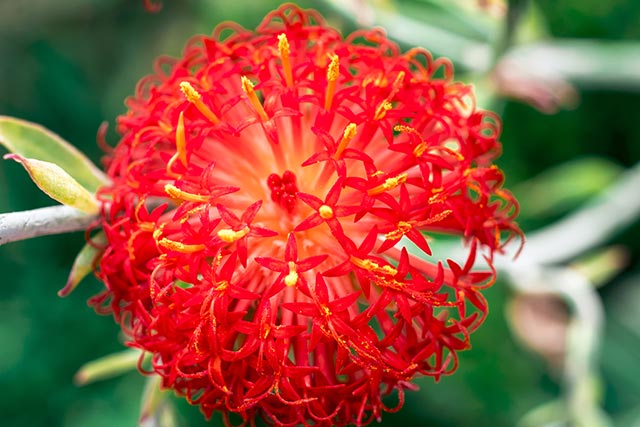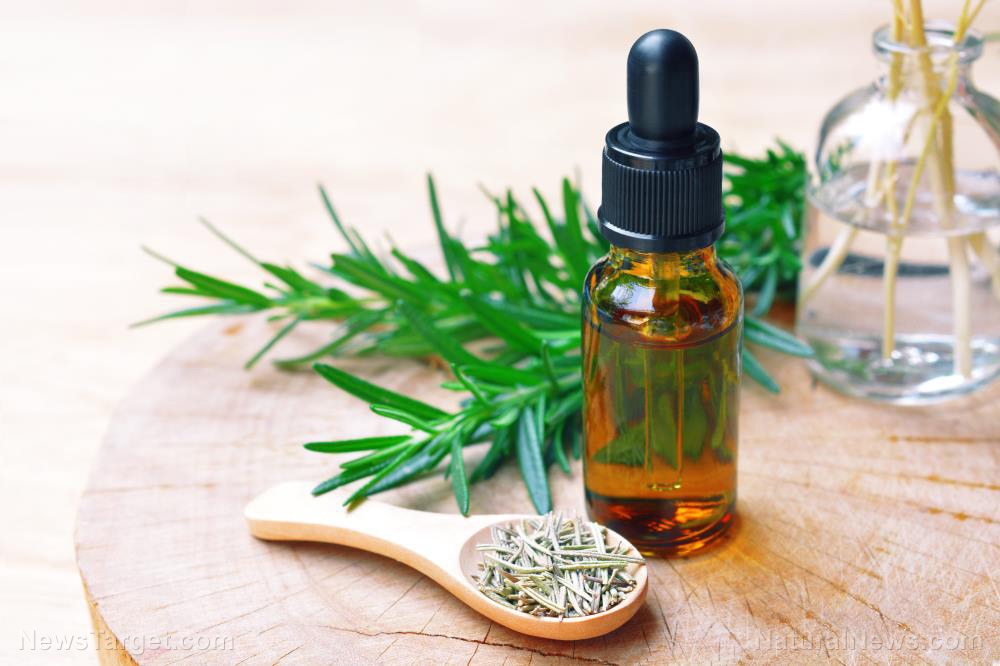Evaluating the hepatoprotective effects of golden tickseed
10/19/2018 / By Ralph Flores

The golden tickseed (Coreopsis tinctoria) contains hepatoprotective properties, validating its traditional use in the treatment of hepatitis. The study, which appeared in BMC Complementary and Alternative Medicine, explored whether the ethanol extract from C. tinctoria (CTEtOH) is able to protect the liver from injury in vivo.
- Researchers used a mouse model of carbon tetrachloride (CCl4)-induced acute liver injury for this study.
- In the experiment, experimental mice were grouped to receive either silymarin (200 mg/kg) or CTEtOH (0.5 or 1.0 g/kg). These were administered orally for seven days.
- After seven days, the mice were injected with a 0.2 percent solution of CCl4, with all mice sacrificed 24 hours after administration, and tissue samples from the liver collected for analysis.
- The team examined alanine aminotransferase (ALT) and aspartate aminotransferase (AST) levels, including biomarkers such as tumor necrosis factor-alpha (TNF-a), interleukin-1 beta(IL-1B), interleukin-6 (IL-6), nitric oxide (NO), malondialdehyde (MDA), and antioxidant enzymatic activities.
- The findings revealed that CTEtOH treatment greatly decreased ALT and AST levels, as well as reduced that severity of CCl4-induced liver lesions. Pro-inflammatory biomarkers such as malondialdehyde, nitric oxide, and TNF-a and IL-1B were also noted to have decreased.
- The potency of antioxidant enzymes – including superoxide dismutase, glutathione peroxidase, and glutathione reductase – was significantly increased after CTEtOH treatment.
From the findings, it can be concluded that CTEtOH demonstrated hepatoprotective properties against CCl4-induced acute liver injury in mice.
Read the full text of the study at this link.
Discover more plants that protect the liver at Herbs.news.
Journal Reference:
Tsai JC, Chiu CS, Chen YC, Lee MS, Hao XY, Hsieh MT, Kao CP, Peng WH. HEPATOPROTECTIVE EFFECT OF COREOPSIS TINCTORIA FLOWERS AGAINST CARBON TETRACHLORIDE-INDUCED LIVER DAMAGE IN MICE. BMC Complementary and Alternative Medicine. 4 March 2017;17(139). DOI: 10.1186/s12906-017-1604-8
Tagged Under: alternative medicine, antioxidants, Coreopsis tinctoria, Hepatoprotective, herbal medicine, liver health, liver injury, liver protection, natural cures

